#glechoma
Explore tagged Tumblr posts
Text


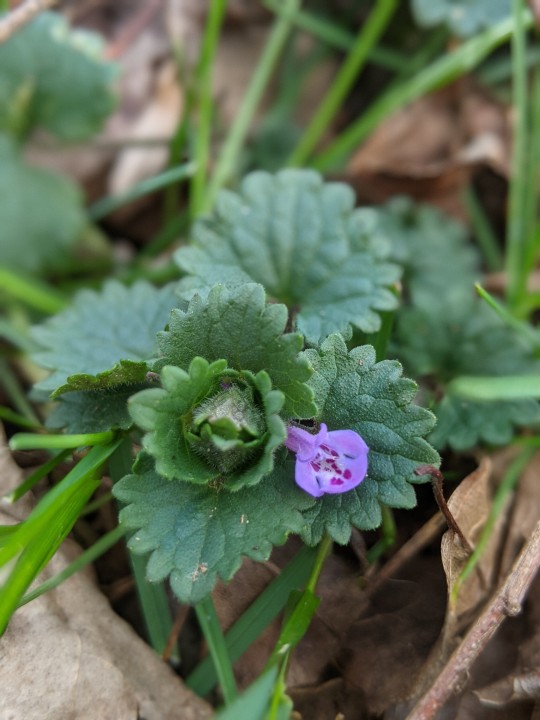



What's poppin' in late February: Part 2 of ~7
Spring Beauty (Claytonia virginica) Creeping Charlie (Glechoma hederacea) Periwinkle (Vinca minor) Ivy-Leaved Speedwell (Veronica hederifolia)
#claytonia#plant id#spring wildflowers#wildflowers#glechoma#vinca#veronica#veronica hederifolia#glechoma hederacea#vinca minor#claytonia virginica#forest floor#just little pretty things down near the ground#they don't matter but also they are everything
52 notes
·
View notes
Text

Oh to be a snail snuggled behind some flowers 💜
Plant pictured: Glechoma hederacea
#snail#plants#flowers#nature#nature photography#hobby photographer#plantblr#glechoma#ground ivy#purple flowers#wild flowers#my photo#spring#animal#blumen#pflanzen#gewöhnlicher gundermann#schnecke#frühling
4 notes
·
View notes
Text
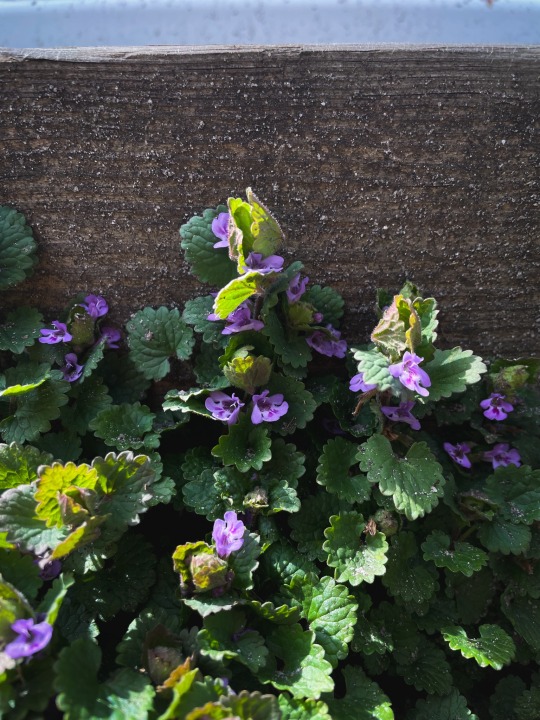
Ground ivy is another invasive edible commonly found in lawns and fields.
It was historically used when brewing beer (before hops, or when hops were unavailable), for clarity and to add an earthy, floral flavor.
This isn’t one I’d put in a salad – as a member of the mint family (lamiaceae), it has an aromatic flavor that I find similar to sage and rosemary. I use it mostly as a spice for that reason, but you can also use it to make tea. It blends well with mountain mint, lavender, and apple blossom.
#plants#foraging#ground ivy#glechoma hederacea#creeping charlie#invasive plants#edible plants#my photos
47 notes
·
View notes
Text

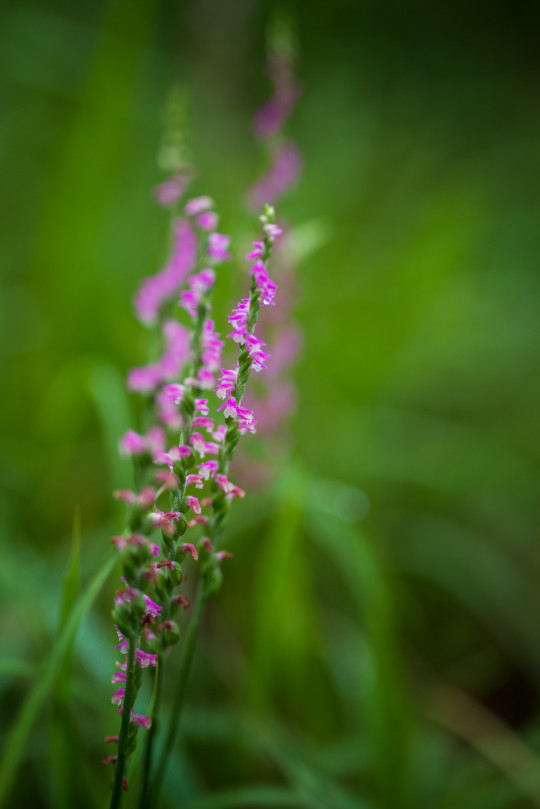
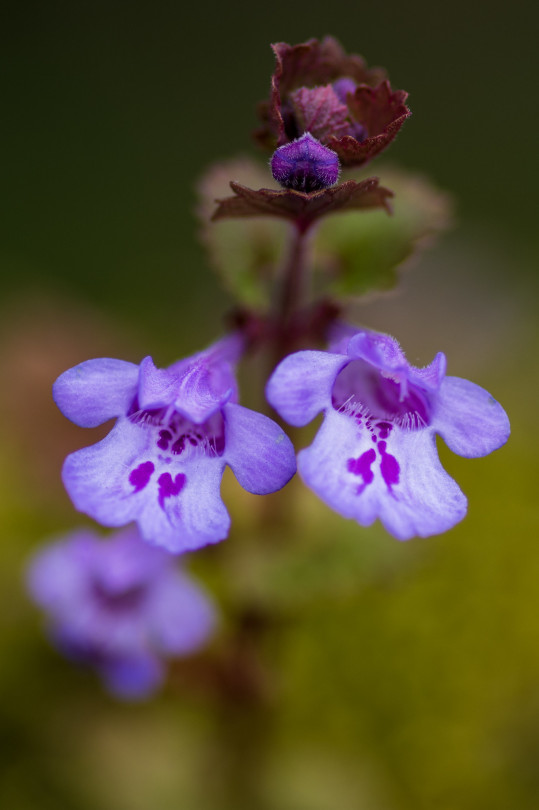

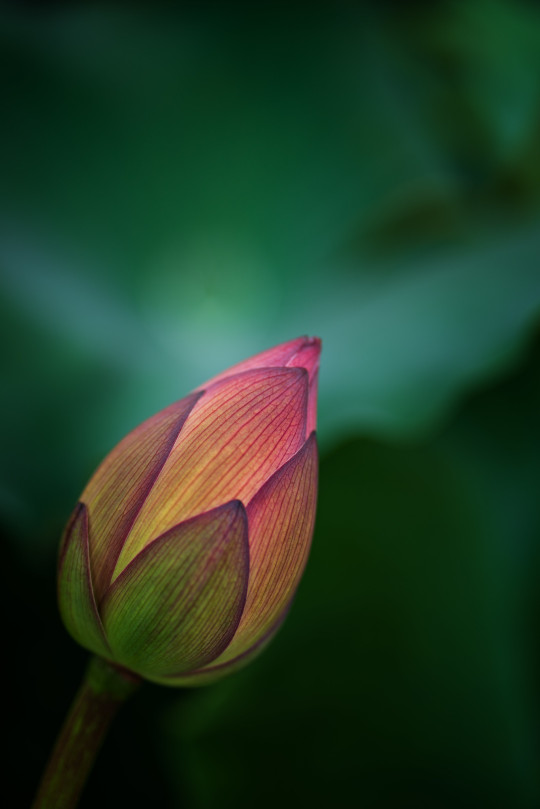

Take flowers (2) (3) (4) (5) (6) by K & E -mount
8 notes
·
View notes
Photo




1 note
·
View note
Text
Plants for The Buried
Crab grass (Digitaria)
Wood sorrel (Oxalis)
Peppermint (Mentha × piperita)
Chickweed (Stellaria media)
Dandelion (Taraxacum officinale)
Canada Thistle (Cirsium arvense)
Bindweed (Convolvulus arvensis)
White Clover (Trifolium repens)
Nutsedge (Cyperus rotundus)
Japanese knotweed (Reynoutria japonica)
Lambsquarters (Chenopodium album)
Quackgrass (Elymus repens)
Curly dock (Rumex crispus)
Purslane (Portulaca oleracea)
Creeping charlie/Ground-ivy (Glechoma hederacea)
Broadleaf plantain (Plantago major)
Dove weed (Croton setiger)
Black medic (Medicago lupulina)
Spear thistle (Cirsium vulgar)
Ragweed (Ambrosia artemisiifolia)
Asiatic dayflower (Commelina communi)
Poison Sumac (Toxicodendron vernix)
Stinging Nettle (Urtica dioica)
Wild Madder (Galium mollugo)
#og.txt#popculture magic#paganism#pop culture paganism#tma paganism#tma pcp#the magnus archives#tma#the buried#the forever deep below
18 notes
·
View notes
Text
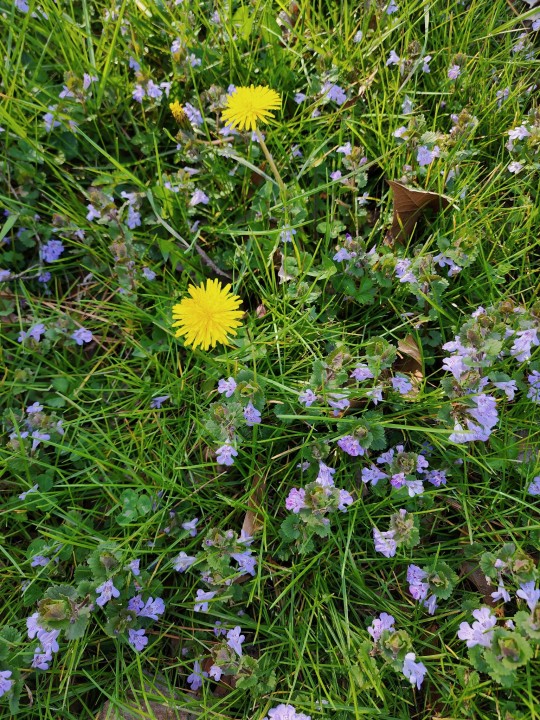
Spring Galaxy
Richmond, Virginia (USA)
Photo from March 30, 2024.
The little purple flowers are known as Creeping Charlie (Glechoma hederacea), spread around the world by European settlers. Like other wildflowers that you see in the grass in early Spring, it's a member of the mint family and visited by bees. Lawncare companies refer to these types of wildflowers as "weeds", but that's the effect of lawn-culture marketing.
25 notes
·
View notes
Text
How to Identify Red Deadnettle
Originally posted on my website at https://rebeccalexa.com/how-to-identify-red-deadnettle/
Name: Red Deadnettle (Lamium purpureum)
Range and typical habitat(s): Native to large areas of Europe and Asia. Introduced invasive in United States, New Zealand, and scattered areas of South America

Distinguishing physical characteristics (size, colors, overall shapes, detail shapes): Keep your eyes on lawns, gardens, roadsides, and other sunny areas this spring, and you may very well see the green and purple foliage of red deadnettle.
These heart-shaped leaves with softly serrated edges are covered in fine hairs. Leaves near the top of the slender, square-shaped stem are more of a reddish purple hue, while lower, larger leaves are a medium green. The leaves rarely exceed an inch and a half in length, and are attached to the stem with a slender stalk. Each leaf has palmate veins–several primary veins all starting near the stem–branching off multiple times into a reticulated network of smaller veins.

At the top of the stem, which may be almost a foot long in extraordinary specimens, you may find tiny pinkish purple trumpet-shaped flowers. A close look reveals one large petal at the top, two smaller ones at the bottom, and sometimes a few tiny ones in the space in between. While flowers are easily in evidence this time of year, red deadnettle may flower in other seasons if conditions are favorable. As it is an annual, it will die back in fall, but new generations are quick to germinate before winter sets in. For those wishing to remove it from their gardens, the shallow root systems mean that it is easy to pull up, especially in wet soil.
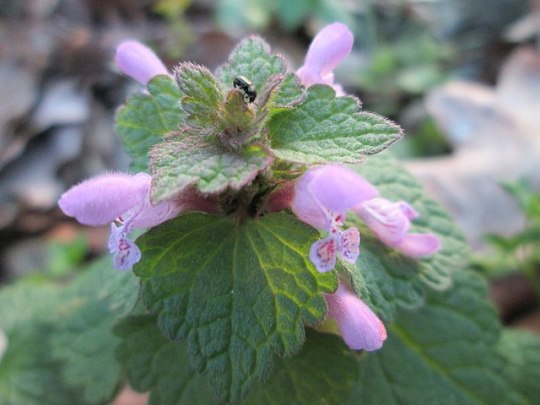
Red deadnettle is a member of the mint family (Lamiaceae). While it resembles a very tiny stinging nettle (Urtica spp.), its tiny hairs do not cause irritation, hence being described as “dead”. Other common names for this plant include purple deadnettle and purple archangel.
Other organisms it could be confused with and how to tell the difference: Purple henbit (Lamium amplexicale) is the most common lookalike for red deadnettle. They inhabit the same habitat types and are of similar size and colors. Upon closer inspection, the leaves are a good way to tell the difference. Henbit leaves are more rounded in shape with a scalloped, rather than serrated, edge. In fact, they almost give the impression of one large round leaf surrounding the square stem, especially near the top. The upper leaves have no stalks, while lower leaves have short stalks. While henbit has similar flowers, they are longer than those of deadnettle.
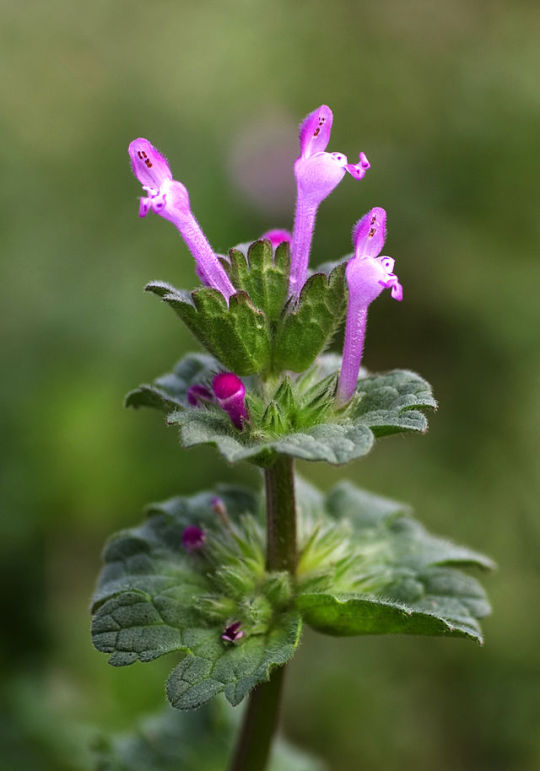
Note how henbit’s leaves and flowers are shaped and arranged differently than deadnettle’s.
Ground ivy (Glechoma hederacea) is similar to purple henbit, but the rounded, scalloped leaves are often a darker green on a green to dark red stem. Also, all the leaves have a small stem. It is easily differentiated from deadnettle by its flowers, which although being of a similar shaped are blue to purple in color. Ground ivy is also more shade-tolerant than deadnettle. As with the others, it is a European plant that has become invasive in North America.
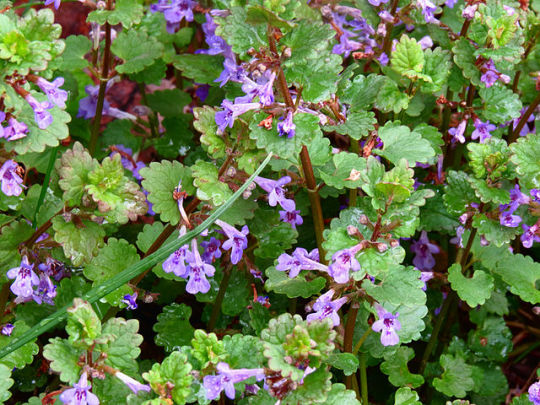
Yellow archangel (Lamium galeobdolon) is yet another European wildflower that has taken root in North America and New Zealand, and to a lesser degree in South America. Its size is the most obvious way to differentiate it from red deadnettle and the rest; it grows on a single stalk that may be over thirty inches tall. The serrated, oval leaves and the yellow flowers are also larger than those of deadnettle, and there is no reddish tint to the foliage.
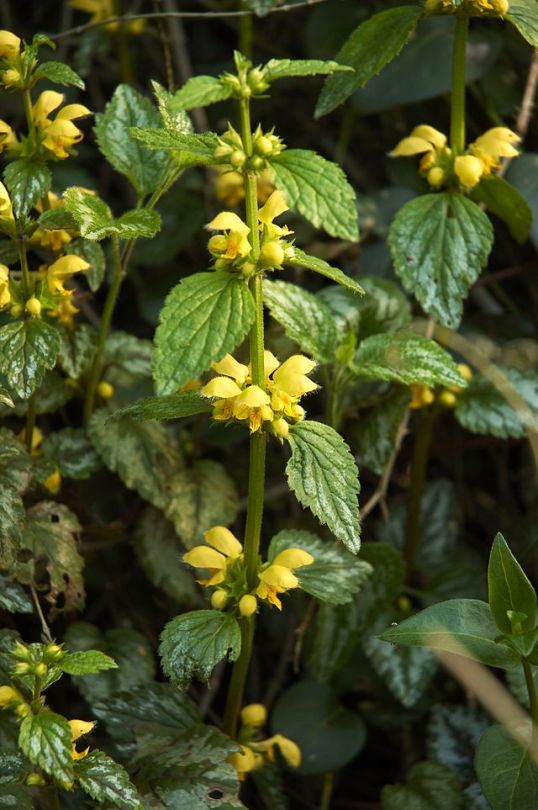
The stinging nettles (Urtica spp.) can similarly be differentiated from red dead nettle by size. Particularly tall specimens may reach seven feet high, and the green, heart-shaped leaves can be up to six inches long. The leave margins are more sharply serrated and the end is pointier. And, as the name suggests, the leaves and stems have hairs that inject irritating chemicals into the skin.
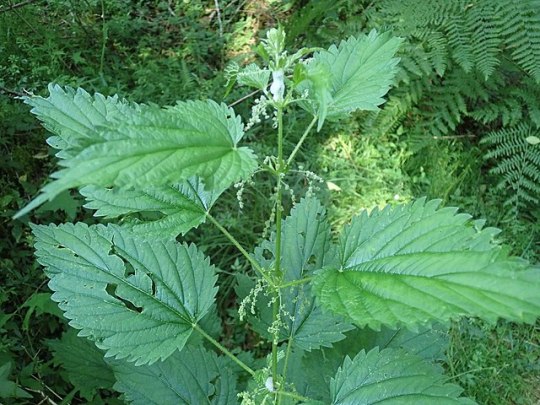
Anything else worth mentioning? Red deadnettle is a beginner-friendly edible plant for foraging. Henbit is the plant it’s most likely to be confused with, and it is also edible. People most commonly eat the young leaves and flowers at the top of the plant; they may be eaten raw or cooked. Because it is an invasive species, you are encouraged to pick the whole plant before it goes to seed, eat what you want of it, and compost the rest.
Further Reading:
Red Dead-Nettle
Lawn and Turfgrass Weeds: Dead Nettle
Dead Nettle, Henbit, and Ground Ivy – Three Look-Alike Weeds
Dead Nettle, an Overlooked yet Valuable Wild Edible
Did you enjoy this post? Consider taking one of my online foraging and natural history classes or hiring me for a guided nature tour, checking out my other articles, or picking up a paperback or ebook I’ve written! You can even buy me a coffee here!
#red deadnettle#red dead nettle#mint family#edible wild plants#edible plants#foraging#herbs#herbalism#nettles#botany#plants#wild foods#weeds#invasive species#red henbit#yellow archangel#ground ivy#stinging nettle
94 notes
·
View notes
Text
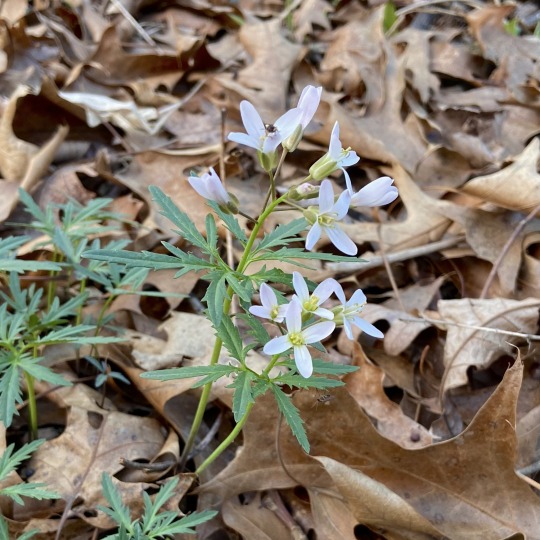
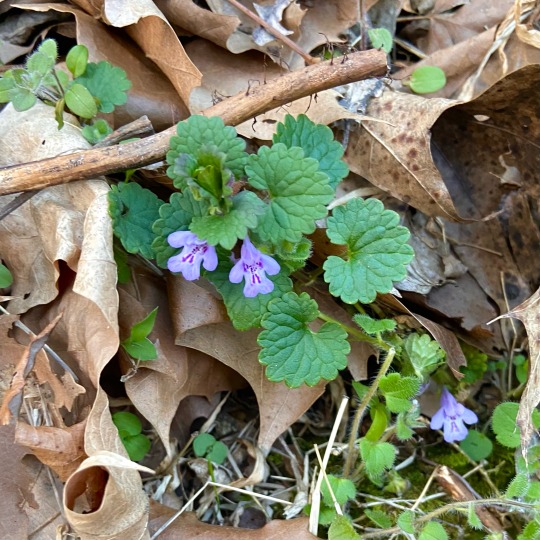
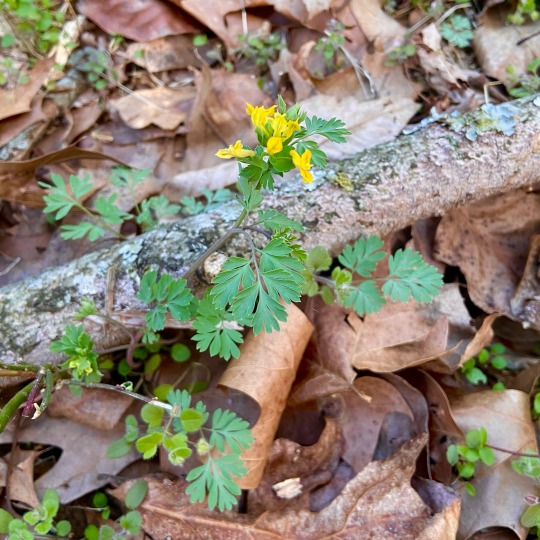
Top: Cardamine concatenata (Cutleaf Toothwort)
Left: Glechoma hederacea (Ground Ivy)
Right: Corydalis flavula (Yellow Corydalis)
Plants I saw on a forest walk a couple weeks ago! I had Cutleaf Toothwort and Ground Ivy leaves in my salad. The Toothwort was milder than spinach, and the Ground Ivy had a complex herbal taste, like if sage, oregano, and mint had a baby.
I’m an amateur, so remember always do your own research and confirm your ids thoroughly before eating anything you gather from outside! Stay safe and show nature some love 💚
9 notes
·
View notes
Text

Creeping through the meadow. Features Creeping Charlie (Glechoma hederacea), and field grasses.
#field#flower#purple#wildflower#meadow#grass#leaf#golemarmada#sculpture#photography#clay#rock#stone#red#golem#pilgrim
3 notes
·
View notes
Note
Different purple flowers in my yard! I know they're violets, but I don't know the specifics

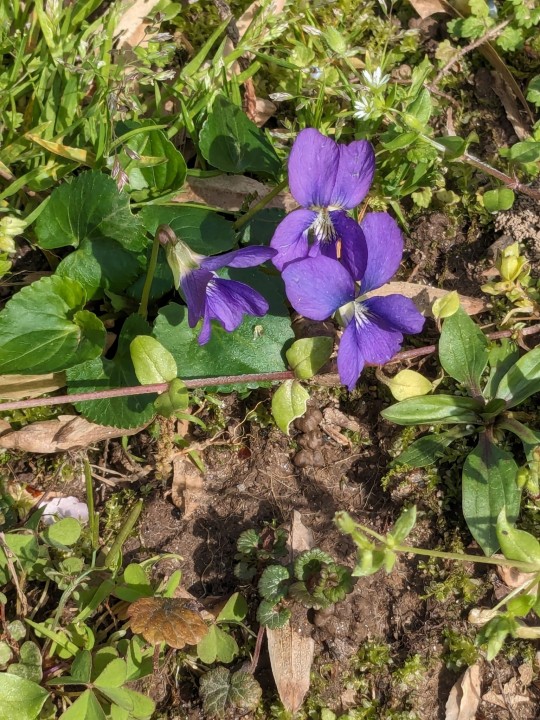

Aw sweet! I'm thinking common meadow violet (Viola sororia). there's lots of purplish violets out there but if you're in the NE or E US (which judging by your leaf litter... I'm guessing u might be) it is likely sororia.
You've also got some ground ivy (Glechoma hederacea), chickweed (Stellaria media), and something in the Plantago genus.
6 notes
·
View notes
Text
Foraging Today [21 March 2024]
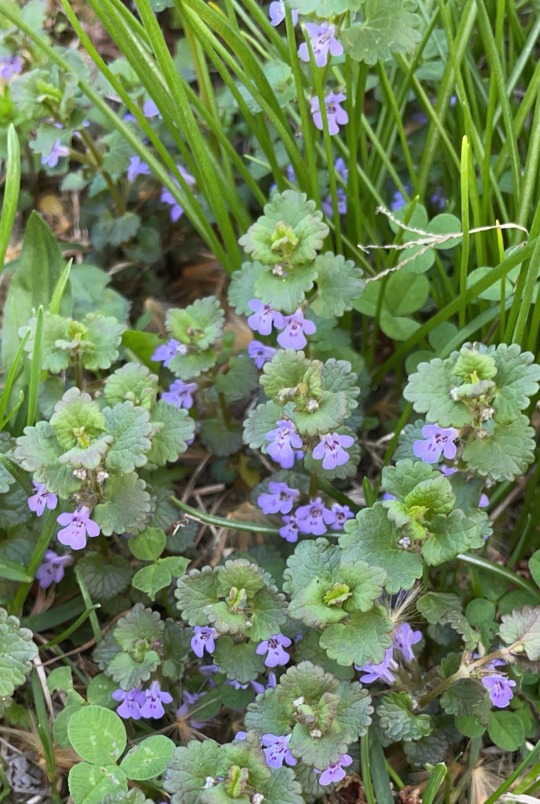


Common Ground-Ivy (Glechoma hederacea)
Rough Horsetail (Equisetum hyemale)
Mullein (Verbascum thapsus)
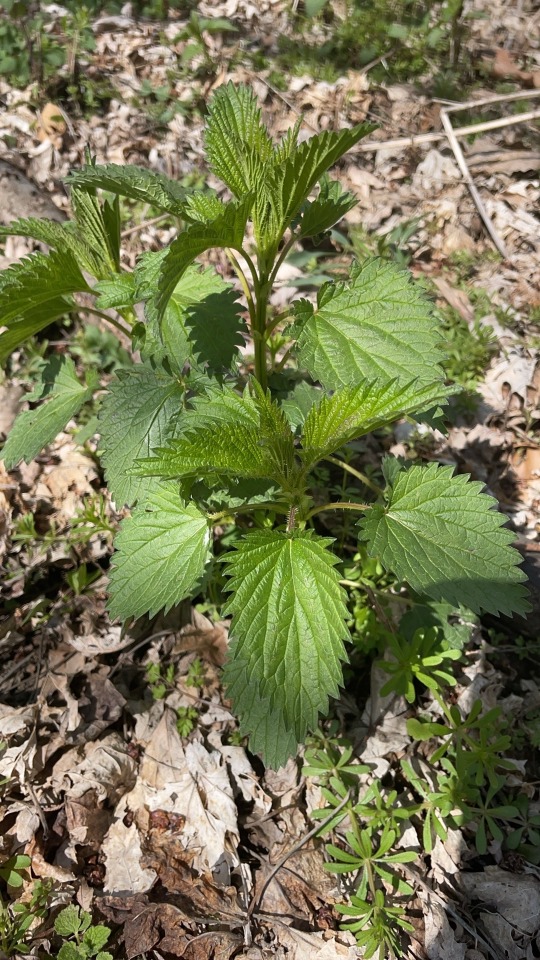

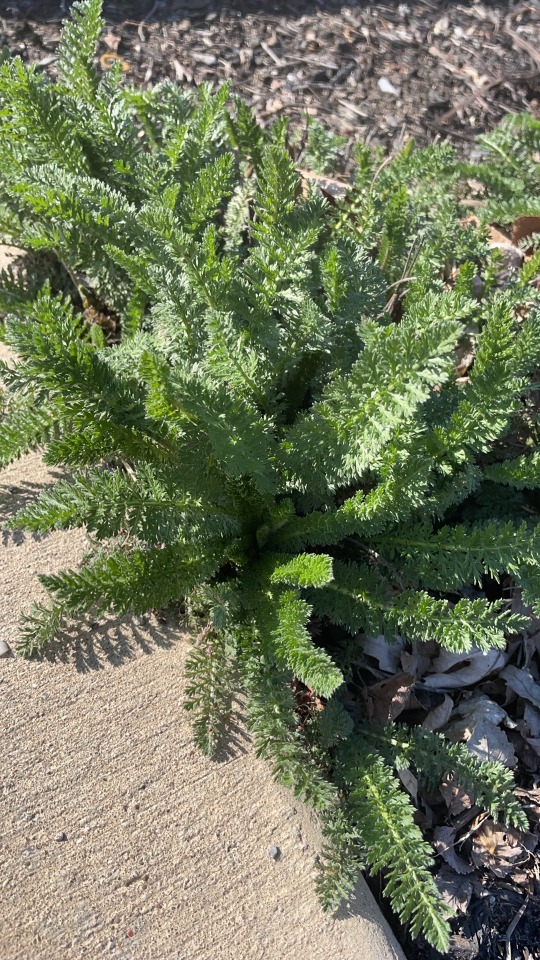
Stinging Nettle (Urtica dioica)
Purple Deadnettle (Lamium purpureum)
Common Yarrow (Achillea millefolium)
#alihartforages#foraging#forager#ground ivy#mullein#rough horsetail#purple Deadnettle#yarrow#common yarrow#stinging nettles#stinging nettle#nettles#nettle#queer forager#foragecore
2 notes
·
View notes
Text
Kriechenden Günsel
Ein vielseitiges Kraftpaket der Natur 🌿
#florianatopfblume #nordhessengarten
#nordhessenfloraundfauna #kriechendergünsel #nordhessenhortus
Der kriechende Günsel, auch bekannt als Glechoma hederacea, ist eine erstaunliche Pflanze, die oft unterschätzt wird.
Ursprünglich in Europa heimisch, findet man sie heute in vielen Teilen der Welt. Diese bodendeckende Pflanze mit ihren herzförmigen Blättern und zarten lila Blüten hat nicht nur eine schöne Ästhetik, sondern auch eine Fülle von Eigenschaften, die Mensch, Tier und Natur zugutekommen.
Einer der bemerkenswertesten Aspekte des kriechenden Günsels ist seine vielfältige Verwendung in der Heilkunde. Er wird traditionell zur Linderung von Atemwegserkrankungen, Verdauungsproblemen und Hautirritationen eingesetzt. Seine entzündungshemmenden und antibakteriellen Eigenschaften machen ihn zu einem wertvollen Naturheilmittel.
Für Tiere wie Bienen und Schmetterlinge ist der kriechende Günsel eine wichtige Nahrungsquelle. Seine Blüten locken Insekten an und tragen zur Bestäubung von Pflanzen bei. Darüber hinaus dient die Pflanze als Schutz- und Nistplatz für kleine Tiere und trägt so zur Erhaltung der Artenvielfalt bei.
Auch für die Umwelt leistet der kriechende Günsel einen wichtigen Beitrag.
Als schnell wachsende Pflanze kann er dazu beitragen, Erosion zu verhindern und den Boden zu stabilisieren. Seine Fähigkeit, Schadstoffe aus dem Boden aufzunehmen, macht ihn zu einem natürlichen Reiniger für die Umwelt.🌿✨
©️®️CWG, 08.03.2024
🌳🐩🐓🐩🌳
#Heilkraut #Naturheilkunde #Artenvielfalt #Umweltschutz #Bienen #nachhaltigkeit #wildkräuter #wildgarten #naturgarten #grünerdaumen #mischkultur #naturapotheke #heilkräuter #glechomahederacea #insektengarten #naturundnachhaltigkeit #cwg64d #pestizidfreieregion #oculiauris #grünzeug #grünzeugs #nektartankstelle #Wildbienen #nordhessenfloraundfauna #nordhessennaturundnachhaltigkeit
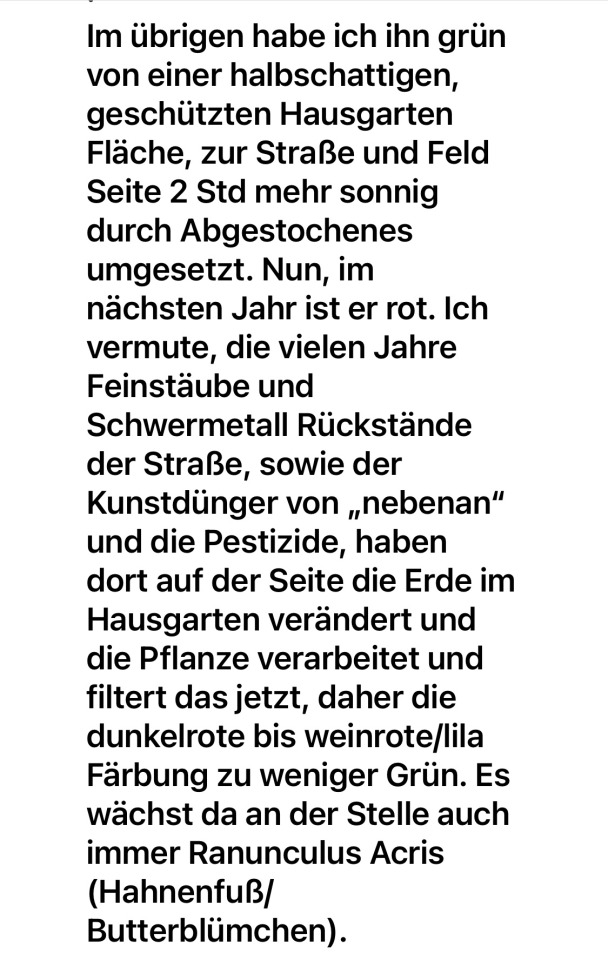
#florianatopfblume#cwg64d#cwghighsensitive#nordhessenfloraundfauna#claudiaweidtgoldmann#naturkreisläufe#naturgarten#wettesingennatuerlich#wildgarten#kriechendergünsel#nordhessen#glechomahederacea#bodenfilter#bodenaufbereiter#schadstofffilter#naturundnachhaltigkeit#nordhessengarten#nordhessenhortus#insektengarten#mischkultur#nordhessennaturundnachhaltigkeit#heilkräuter#naturapotheke#wildkräuter#gartenhelferlein#nektartankstelle
2 notes
·
View notes
Text
Ok so this is really weird and not relatable because I've been using a third party keyboard app since my first touchscreen device I got aged 14 (idk my dad recommended that one and then I've installed it on every device I've ever had straight away because I Hate Change) and just recently finally switched over to the DEFAULT Android keyboard app so like. This is what everyone else has had the whole time. But in some ways this keyboard is blowing my mind. Its dictionary of words that it can give you on text prediction must be enormous. I've just been talking about snails and this fucking thing gave me "ovoviviparous" and "Archatina" from me typing the beginning of those words, having never typed them before with this keyboard. It knows extremely niche scientific lingo and Latin names! I have to test this!
Heterozygosity. Transposons. Cymbalaria - okay it didn't know that one, that was me pulling up my alphabetical list of wildflowers I've seen and picking the first long genus name I could see, so that's fair, but intriguing: Google keyboard knows the Latin names of giant African land snails but not of the ivy-leaved toadflax. Erigeron - it knows that flower genus. Glechoma - not that one. I would guess that this depends on how much these genera are talked about, as giant african land snails are kept as pets, Erigeron are often grown in gardens, but those other flower genera aren't really used in horticulture as far as I know.
Wait. Hang on a fucking second. Genera. BITCH DOESN'T KNOW THE WORD "GENERA" YOU'RE GONNA GIVE ME HETEROZYGOSITY BUT NOT GENERA??? (The proper pluralisation of "genus") That's probably because it overlaps with "general" and "generalisation" which are of course much more common words. The inner workings of phone keyboard apps are fascinating
#draco speaks#side note man I forgot how much I love the word heterozygosity#been a long time since I dealt with any genetics terminology
3 notes
·
View notes
Photo

垣通し[Kakidooshi] Glechoma hederacea subsp. grandis
垣[Kaki] : Hedge, fence
通し[-dooshi|Tooshi] : To let pass
From about the time of flowering, the erect stem becomes a vine and it creeps along the ground. It was so named because it grows so vigorously that the vines go through the hedge. It smells good when rubbed.
13 notes
·
View notes
Text
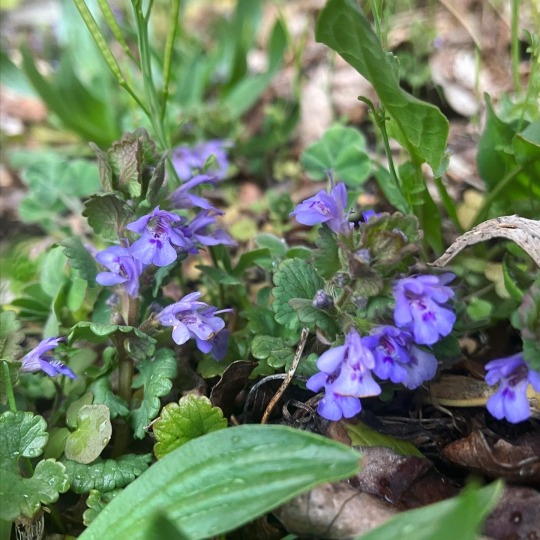
Glechoma hederacea
🌿Glechoma hederacea
Family: Lamiacea (Mint)
Common Names: Ground Ivy, Creeping Charlie, & gill-over-the-ground
Perennial herbaceous plant
Native to Europe, and introduced to North America as early as the 1800's. It is considered Invasive in the U.S as it forms dense patches that can push out native plants.
Pollinators include: Anthophora furcata (Fork-tailed flower bee) Anthidum manicatum (European wool carder bee) Anthophora plumipes (Hairy-footed flower bee) Anthophora quadrimaculata (Four-branded flower bee) Anthophora abrupta (Minor bee) Osmia aurulenta (Gold-fringed mason bee) Osmia caerulescens (Blue mason bee) Osmia lignaria (Blue orchard bee)
#botany#horticulture#botanical#flowers#purple flowers#wildflowers#springtime#invasive species#invasive plants#gardening#plants#the more you know#the more you learn#science rules#creeping charlie#kill your lawn#let them pollinate#flowers for the bees#save the bees#let the bees feed#perennial grasses
9 notes
·
View notes